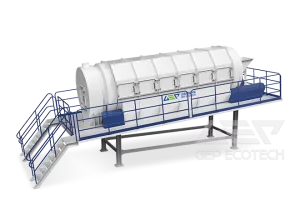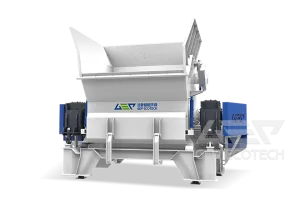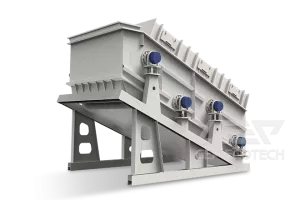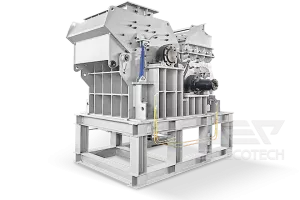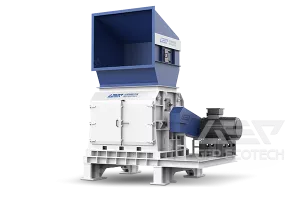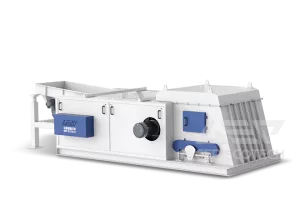In the industrial sector, waste textile fabrics hold potential as a valuable resource for generating heat energy through incineration. However, the presence of impurities, such as ceramic concrete blocks and metal, necessitates effective screening during the pretreatment stage to safeguard equipment and ensure efficient energy conversion.
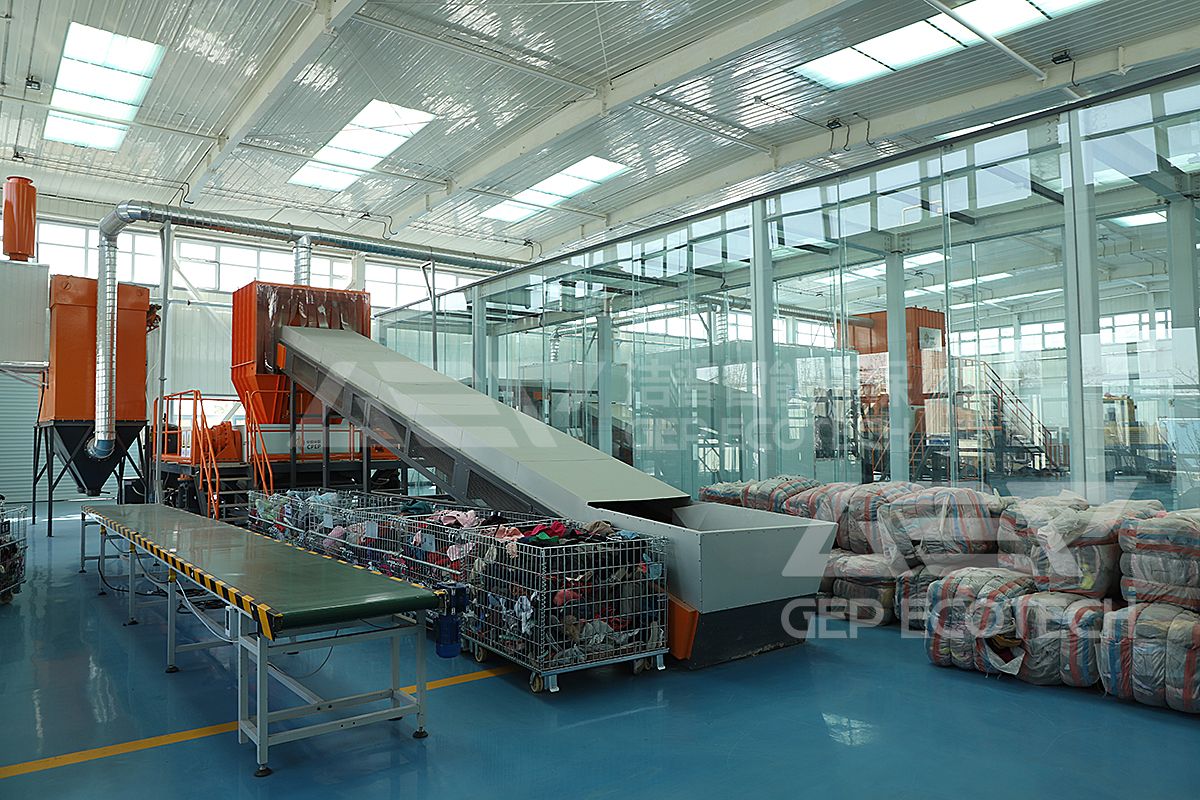
Shredding and Screening Equipment for Gep Ecotech's Alternative Fuel Production Project
Challenges in Material Purity
The presence of ceramic concrete blocks and metal within waste fabric poses challenges during the incineration process. These materials, often originating from decoration waste or mixed storage, can damage equipment and hinder combustion efficiency. Addressing these challenges is crucial to optimize thermal energy conversion processes.
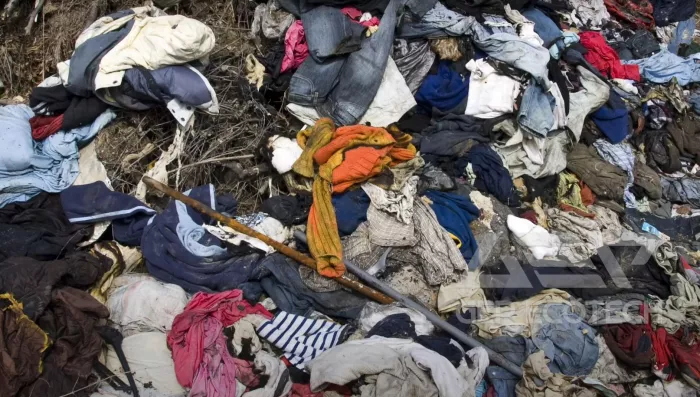
Screening Equipment for Pretreatment
Effective pretreatment of waste fabric involves the use of screening equipment to remove non-combustible materials and ensure the purity of the feedstock. Commonly used screening technologies include air separation, trommel screen, and customized grid screening, which efficiently separate hard materials like concrete blocks from the fabric waste.
Magnetic Separation for Metal Removal
Metal blocks present in waste fabric can be efficiently removed through magnetic separation. By employing magnetic rollers, metal contaminants are separated from the fabric waste, ensuring the purity of the feedstock and preventing damage to processing equipment.
Optimizing waste fabric screening processes is essential for efficient thermal energy conversion. By employing effective screening equipment and techniques, impurities such as ceramic concrete blocks and metal can be efficiently removed, ensuring the purity of the feedstock and enhancing combustion efficiency. Through careful pretreatment, the potential of waste textile fabrics as a sustainable energy resource can be fully realized, contributing to environmental sustainability and resource conservation in the industrial sector.


